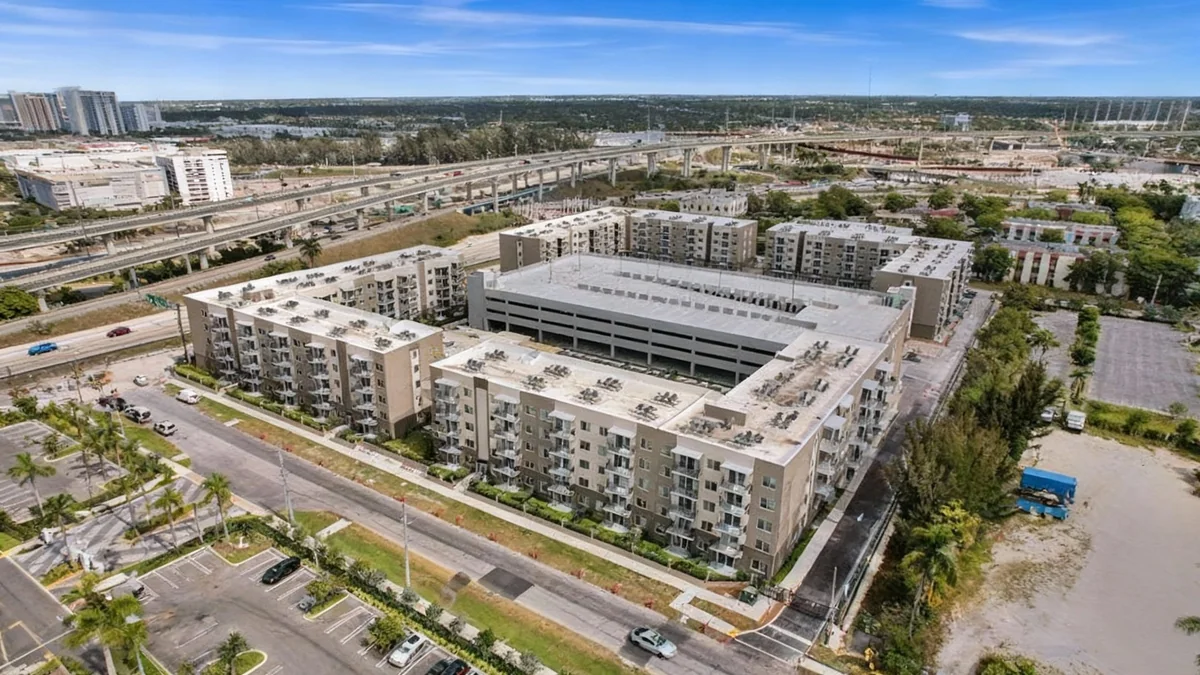The Seattle-area housing market experienced a significant increase in new listings in September, but buyer apprehension fueled by rising interest rates and economic uncertainty has led to a cooling of sales activity. Data from the Northwest Multiple Listing Service shows a notable shift in market dynamics, where a surge in inventory is not being met with equivalent demand.
In King County, sellers listed 2,788 new single-family homes last month. This represents a 10% increase compared to September of the previous year and marks the highest number of new listings for the month since 2021, indicating a mismatch between seller expectations and buyer reality.
Key Takeaways
- New single-family home listings in King County jumped 10% in September compared to the same month last year.
- A total of 2,788 new homes were put on the market, the most for any September since 2021.
- Rising mortgage rates and broader economic concerns are causing potential homebuyers to remain on the sidelines.
- The expected autumn sales increase did not occur, leaving many properties on the market longer than sellers anticipated.
A Sudden Influx of Housing Inventory
September brought a wave of new properties to the King County real estate market. Sellers, who may have been waiting for more favorable conditions, decided to list their homes, contributing to a substantial rise in available inventory. The 2,788 new listings signal a notable change from the inventory-starved market of recent years.
This increase in supply was anticipated by some sellers who hoped to capitalize on a traditional autumn sales bump. However, the market's response has been lukewarm, suggesting that the power dynamic may be slowly shifting away from sellers, who have long held the advantage in the competitive Seattle region.
September by the Numbers
According to the Northwest Multiple Listing Service (NWMLS), the data highlights a clear trend:
- New Listings: 2,788 (Up 10% year-over-year)
- Market Condition: Increased supply, softer demand
- Historical Context: Highest number of September listings in three years
The rise in listings provides more options for the few buyers still active in the market. Yet, the overall number of transactions has not kept pace, leading to an accumulation of properties for sale. This growing inventory is a key indicator that the once red-hot market is entering a period of stabilization or correction.
Economic Headwinds Dampen Buyer Demand
The primary factor behind the slowdown in sales is the challenging economic environment facing potential homebuyers. Persistently high mortgage rates, which have climbed significantly over the past year, have drastically reduced purchasing power for many families. The monthly cost of financing a home in the Seattle area is now substantially higher than it was just 18 months ago.
Beyond interest rates, general economic uncertainty is playing a major role. Concerns about inflation, potential job market instability, and the overall direction of the national economy are causing buyers to be more cautious. Many are choosing to wait on the sidelines, hoping for rates to decrease or prices to become more favorable.
The Impact of Mortgage Rates
Mortgage rates are closely tied to the Federal Reserve's efforts to control inflation. When the central bank raises its benchmark interest rate, borrowing costs for consumers, including mortgages, typically follow suit. This financial pressure directly impacts housing affordability, as even a small increase in the mortgage rate can add hundreds of dollars to a monthly payment, sidelining a significant portion of potential buyers.
This buyer hesitation stands in stark contrast to the optimism some sellers displayed by listing their homes in September. The hope for a seasonal uptick in activity was overshadowed by these powerful economic forces, creating a gap between seller expectations and market realities.
Implications for Sellers in a Changing Market
For homeowners looking to sell, the current market presents a new set of challenges. The strategy of listing a property and expecting multiple offers within days is becoming less common. With more homes to choose from and fewer active buyers, properties are now lingering on the market for longer periods.
This shift requires sellers to adjust their strategies. Key considerations now include:
- Pricing Strategy: Overpricing a home can be particularly detrimental in a cooling market. Competitive, realistic pricing from the outset is crucial to attract serious buyers.
- Home Condition: With more options available, buyers can be more selective. Homes that are well-maintained and move-in ready are more likely to stand out.
- Patience and Flexibility: Sellers may need to be more patient and open to negotiation on terms and price than they were in the recent past.
The increase in inventory means that sellers are no longer just competing with a handful of other listings; they are now part of a growing pool of available homes. This increased competition benefits buyers but puts pressure on sellers to make their properties as attractive as possible.
Seattle Market in the National Context
The trends observed in King County are not occurring in a vacuum. Similar patterns of cooling demand and rising inventory are being reported in major metropolitan areas across the United States. The national housing market is grappling with the same affordability crisis driven by the highest mortgage rates in over two decades.
According to national housing data, buyer activity has slowed significantly nationwide. The surge in listings seen in Seattle could be a precursor to a broader market rebalancing, where years of rapid price appreciation give way to a period of modest growth, stagnation, or even slight price declines in some areas.
The disconnect between what sellers hoped for this fall and what buyers are able to afford is becoming more pronounced. This isn't just a Seattle issue; it's a reflection of a nationwide affordability crunch.
As long as interest rates remain elevated, housing markets from coast to coast are likely to experience this subdued level of activity. The actions of the Federal Reserve in the coming months will be a critical factor in determining the direction of the market heading into the new year.





